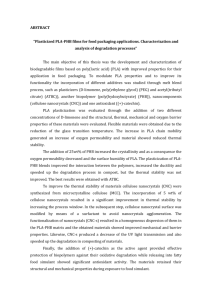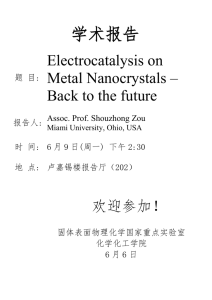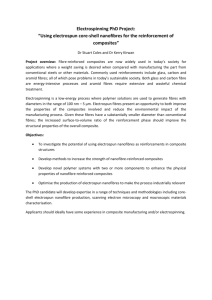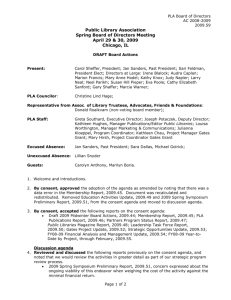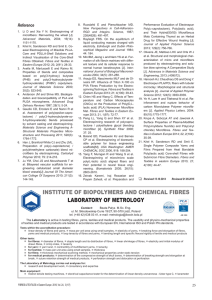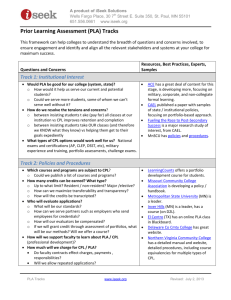Abstract
advertisement
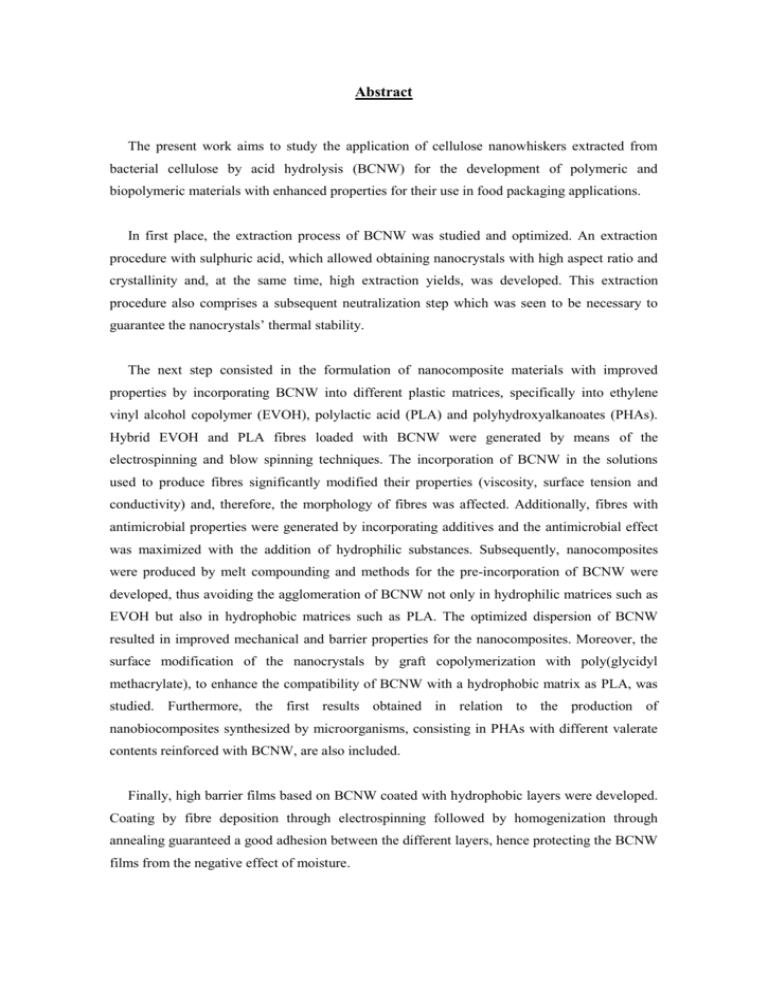
Abstract The present work aims to study the application of cellulose nanowhiskers extracted from bacterial cellulose by acid hydrolysis (BCNW) for the development of polymeric and biopolymeric materials with enhanced properties for their use in food packaging applications. In first place, the extraction process of BCNW was studied and optimized. An extraction procedure with sulphuric acid, which allowed obtaining nanocrystals with high aspect ratio and crystallinity and, at the same time, high extraction yields, was developed. This extraction procedure also comprises a subsequent neutralization step which was seen to be necessary to guarantee the nanocrystals’ thermal stability. The next step consisted in the formulation of nanocomposite materials with improved properties by incorporating BCNW into different plastic matrices, specifically into ethylene vinyl alcohol copolymer (EVOH), polylactic acid (PLA) and polyhydroxyalkanoates (PHAs). Hybrid EVOH and PLA fibres loaded with BCNW were generated by means of the electrospinning and blow spinning techniques. The incorporation of BCNW in the solutions used to produce fibres significantly modified their properties (viscosity, surface tension and conductivity) and, therefore, the morphology of fibres was affected. Additionally, fibres with antimicrobial properties were generated by incorporating additives and the antimicrobial effect was maximized with the addition of hydrophilic substances. Subsequently, nanocomposites were produced by melt compounding and methods for the pre-incorporation of BCNW were developed, thus avoiding the agglomeration of BCNW not only in hydrophilic matrices such as EVOH but also in hydrophobic matrices such as PLA. The optimized dispersion of BCNW resulted in improved mechanical and barrier properties for the nanocomposites. Moreover, the surface modification of the nanocrystals by graft copolymerization with poly(glycidyl methacrylate), to enhance the compatibility of BCNW with a hydrophobic matrix as PLA, was studied. Furthermore, the first results obtained in relation to the production of nanobiocomposites synthesized by microorganisms, consisting in PHAs with different valerate contents reinforced with BCNW, are also included. Finally, high barrier films based on BCNW coated with hydrophobic layers were developed. Coating by fibre deposition through electrospinning followed by homogenization through annealing guaranteed a good adhesion between the different layers, hence protecting the BCNW films from the negative effect of moisture.
